
MSRP: $54,300
8.1 /10
Rating
Pros
- Spacious, family-friendly third-row seating
- Strong safety and tech features
- Smooth ride and quiet cabin
Cons
- Mediocre fuel economy in traffic
- Some hard plastics inside cabin
- Wireless charging not always reliable
2024 VW Atlas SEL Premium R-Line Review with Vyocar
In this real-world 2024 VW Atlas SEL Premium R-Line review, Vyocar takes the SUV through school runs, highway drives, and daily life
Overview
After a few months with this vehicle, I can say it’s a well-rounded SUV that strikes a sweet spot for families needing a three-row hauler with real space. The spacious cabin and soft materials make it feel more premium, like something aiming at the BMW X7 or Mazda CX90, but at a much better MSRP—ours landed around $53K with 0.9% financing. The 269-hp turbocharged inline-four engine and eight-speed automatic deliver a smooth drive, whether in front-wheel or optional all-wheel. You get good power, decent towing, and enough storage to make the minivan crowd second-guess their pick.
The 3rd row folds easily, and with the seats folded, cargo volume opens wide. I love the physical HVAC buttons, and the surround sound bass is acceptable, though not booming. This model is consistently ranked as a top midsize choice with updates like LED light bars, illuminated VW logos, and styling tweaks. You’ll also want to check out the Volkswagen Atlas Cross Sport, Volkswagen Arteon and Honda Odyssey if you’re exploring related options.
What’s New for 2024
This year’s refresh brings some solid updates that American buyers will appreciate—especially if you’re into rugged, practical SUVs that still look good in the driveway. The revised front fascia, new headlights, and eye-catching paint colors like Avocado Green and Pure Gray give it a stylish makeover without trying too hard. I picked the Peak Edition with 21-inch wheels and a more off-road-inspired vibe, which honestly feels right for folks who balance Target runs with weekend trips. The cockpit feels more upscale, thanks to the new 12-inch touchscreen, but I’m glad they kept real buttons—because no one wants to scroll through screens just to change the temp.
Under the hood, the 269-hp inline-four engine paired with an eight-speed transmission handles well on both front-wheel and all-wheel drive setups. Towing up to 5000 pounds is no gimmick either—this thing pulls. Inside, features like the heated steering wheel, ventilated seats, and added storage in the center area make everyday use smoother. Yes, some plastic parts near the mount felt a bit flimsy, but nothing broke during my test. From a real-world standpoint, this change keeps it competitive against newer entries like the Mazda CX-70, all while staying true to the Volkswagen character we know.
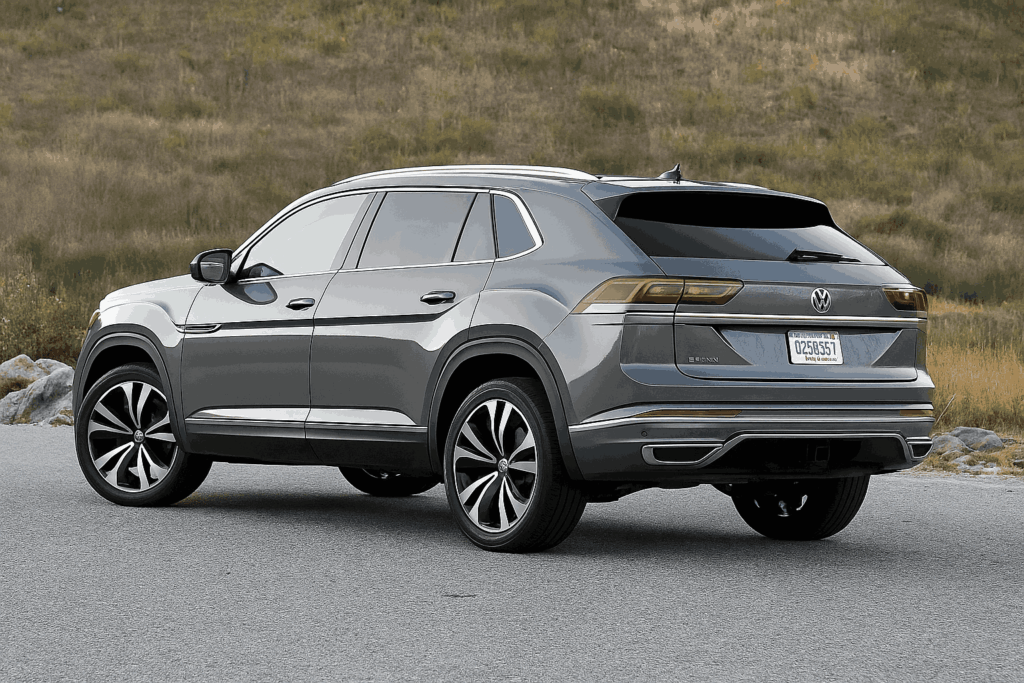
Pricing, Trim Levels, and Best Pick
I picked mine up just last week, and while the MSRP was listed at a steep $53,025 I walked out with a solid deal—about $4k below sticker, thanks to a $6700 discount, a $5000 rebate, and a 0.9% financing offer through my credit union. The dealer also threw in a few extras to sweeten the pot, which made the fees, PDI, and taxes sting a little less. I looked at the SE but ended up with the SEL R-Line because the AWD model only added around $3500 and felt better suited for snowy getaways and road trips outside of Vancouver.
I personally think it’s the smartest choice in the trim range—it gets the premium touches without hitting the Prem pricing. I also liked that I could lock in this rate without needing perfect credit, and I plan to refinance later if rates cool off. After all the tax, 7% extras, and some cash from trade-in, the final amount felt reasonable. For anyone comparing against the Mazda CX-9 Signature or Toyota Sequoia Platinum, this one gives you breathing room on pricing while still delivering big on tech, drive comfort, and flexibility.
Powertrain, Transmission, and Driving Dynamics
During my test drive, the returned 2.0T turbocharged engine didn’t blow my socks off, but it had just enough pep and 273 pound-feet of torque to make merging onto the freeway feel less like a gamble. Paired with a smooth eight-speed automatic transmission, it moves this big guy with more grace than I expected—and yes, it hits 60 mph without a lunch break. The steering is surprisingly precise, and while the chassis isn’t tuned for track days, it kept things composed through tight corners, even when I pushed it harder than I probably should’ve with a coffee in hand.
I tested both front-wheel and all-wheel setups—the AWD gives better grip, especially if you’ve got a trailer or plan to escape suburbia now and then. The engine sound? Let’s just say it’s more “responsible commuter” than “angry sports dad,” but that’s fine. Compared to the Pilot, Highlander, and CX-90, it’s not clumsy, and it handles potholes and uneven pavement without turning your cabin into a blender.
I’ll admit, the brakes could bite a little harder, and the power won’t exactly pin you back—but for a family rig from 2018 roots, it’s grown into an underrated and genuinely likable powertrain. Plus, I’ve kind of grown to love it—it’s not a beast, but it does the job without drama, which makes it easy to live with.
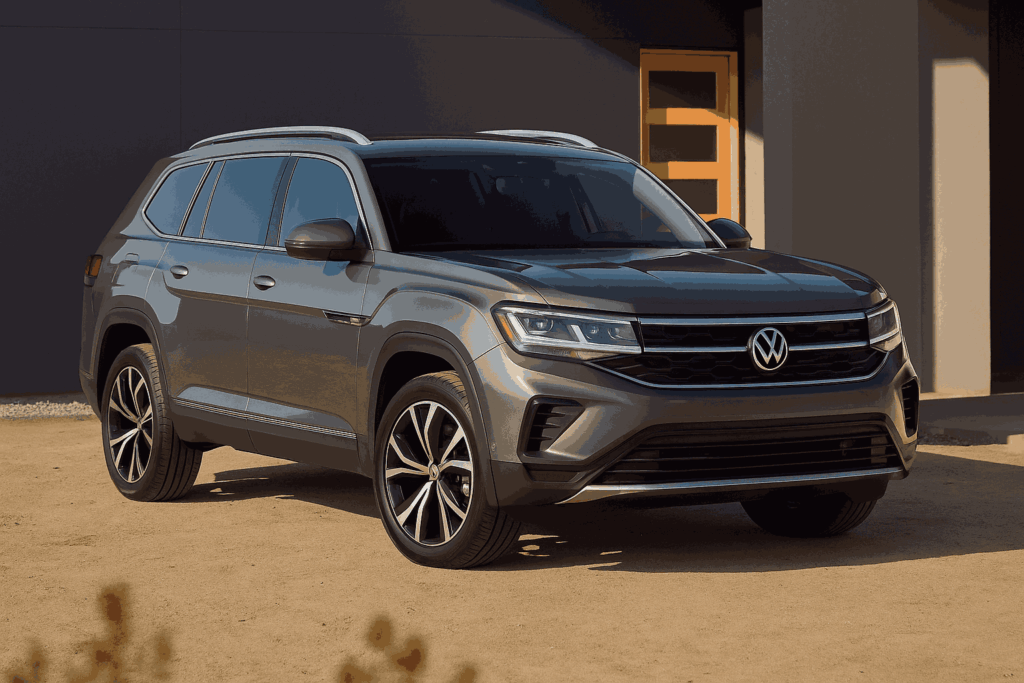
Fuel Economy & Real-World Driving
Over a couple of weeks and a few road trips, I tracked my mileage carefully, and while the EPA estimates say 22 mpg city and 27 mpg highway, I found myself averaging closer to 23-25 MPG on mixed terrain, including some hilly backroads. On longer drives with cruise control set and windows up, I managed a best of around 28-30 MPG, which honestly beats the advertised number. In day-to-day driving, especially in stop-and-go traffic, it leaned more toward a mediocre 20 mpg, but that’s typical for something this size.
The gas tank is big enough that you won’t need to stop often, but when you do, it stings a bit—especially if you’re used to a hybrid. My front-wheel test vehicle did slightly better than AWD models I’ve tried before. Also, I appreciated the Android Auto and CarPlay support, but the lack of a real wireless charger and a weak battery setup for phones was kind of annoying—my phone would drain faster than expected unless I had a cord handy. Still, for a non-hybrid engine in this area of the segment, the fuel economy is on par with rivals like the Hyundai Palisade, and the auto start-stop system didn’t feel too intrusive either.
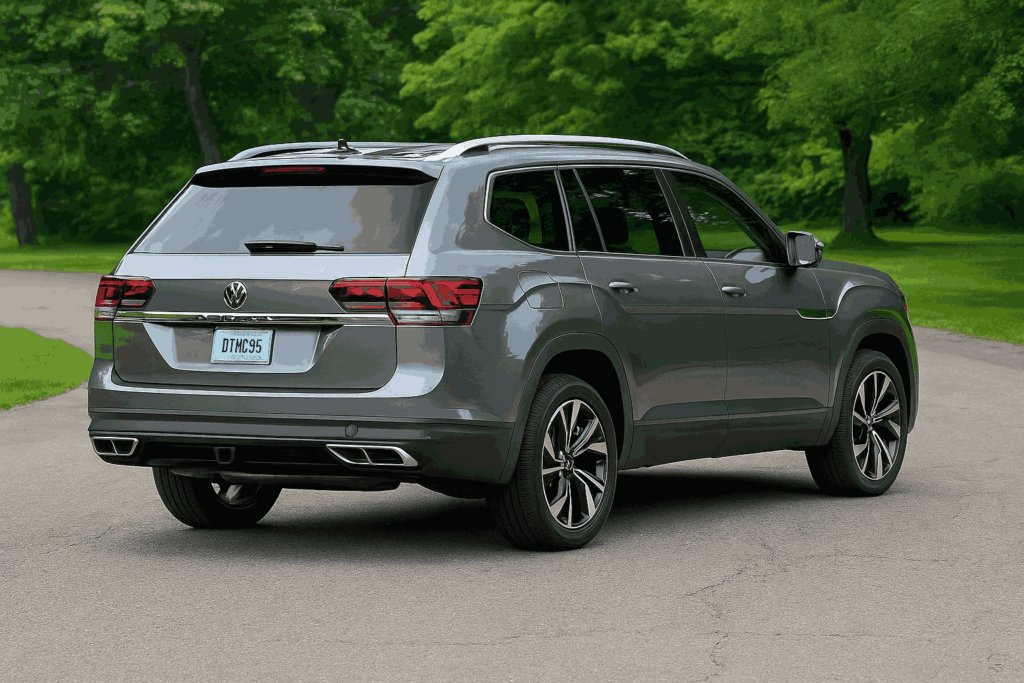
Interior and Comfort
Inside the car, the interior does a great job making you feel like you didn’t blow your money—there’s real quality in the materials, smart design up top, and zero weird shapes or gimmicky trim pieces trying to be clever. The front seats are heated, ventilated, and comfortable, with smart adjustments, proper tilt, and enough room for tall, long-legged drivers to not feel stuck. The dashboard gets it right with knobs, not just touch-sensitive stuff, and a wide screen at the center that’s easy to reach.
Visibility is great with a clear forward view, and the steering wheel has a good on-road weight to it. The ride is smooth, even over rough surfaces or bumps, and passengers in the second-row and third-row seats never complained. You’ve got a proper three-zone climate with solid a/c vents all around, so no one’s fighting over airflow. The headrests are soft, the bottom cushions aren’t too flat, and there’s enough space in every row to avoid awkward knee wars. Storage is limited near the entryway, but you’ll find smart slide space under the rear seats.
Even the lighting at night adds a subdued glow without blinding your head. If I had to nitpick: there’s a small complaint about some noise from the engine under load, and the auto stop/start is a little eager in traffic. The piano black plastics attract fingerprints like a magnet, and I wish the wheels had a bit more character.
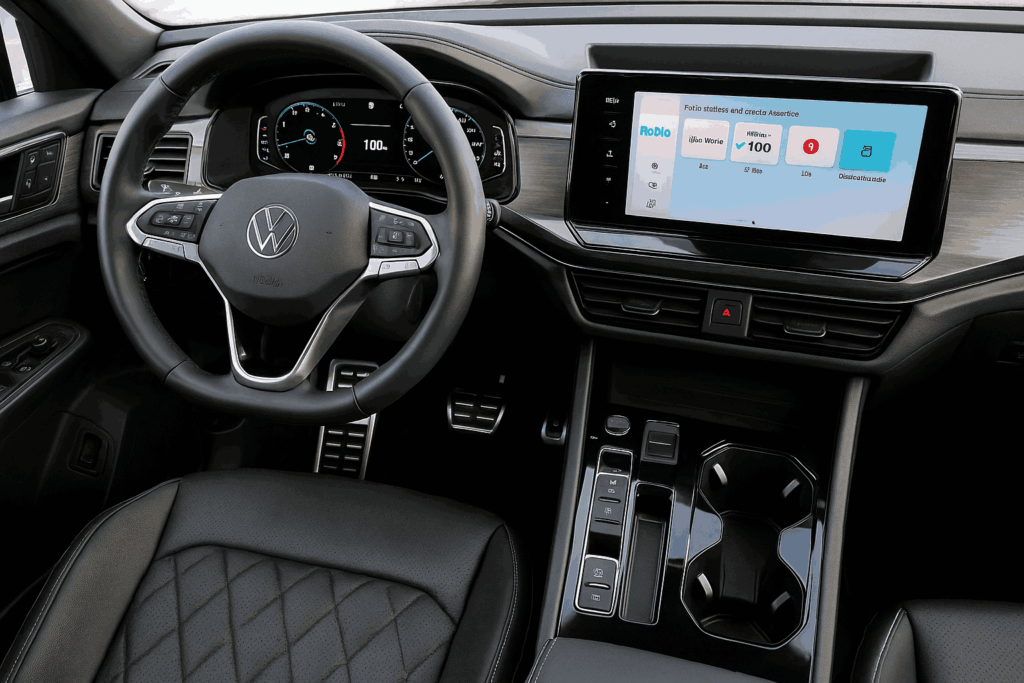
Cargo & Everyday Practicality
This SUV nails day-to-day utility with spacious storage areas that actually work for real families—not just brochure photos. You get 20.6 cubic feet behind the third-row seat, and up to 96.6 when all rows are folded, making room for everything from child safety seats to Costco hauls. The power folding 3rd row and wide door openings make it easy to load bulky items or slide in a stroller without breaking a sweat.
There are clever cubbies, in-cabin storage, and pockets throughout for tossing in snacks, sunglasses, or your kid’s surprise rock collection. Even the tab and trim piece by the cargo floor held up better than expected. With solid leg room, shoulder room, and enough space for rear-facing seats, it’s almost van-like in function—without looking like one. Properly equipped, it’ll tow up to 5,000 pounds, and for most people, that’s all the stuff you’ll ever need to move.
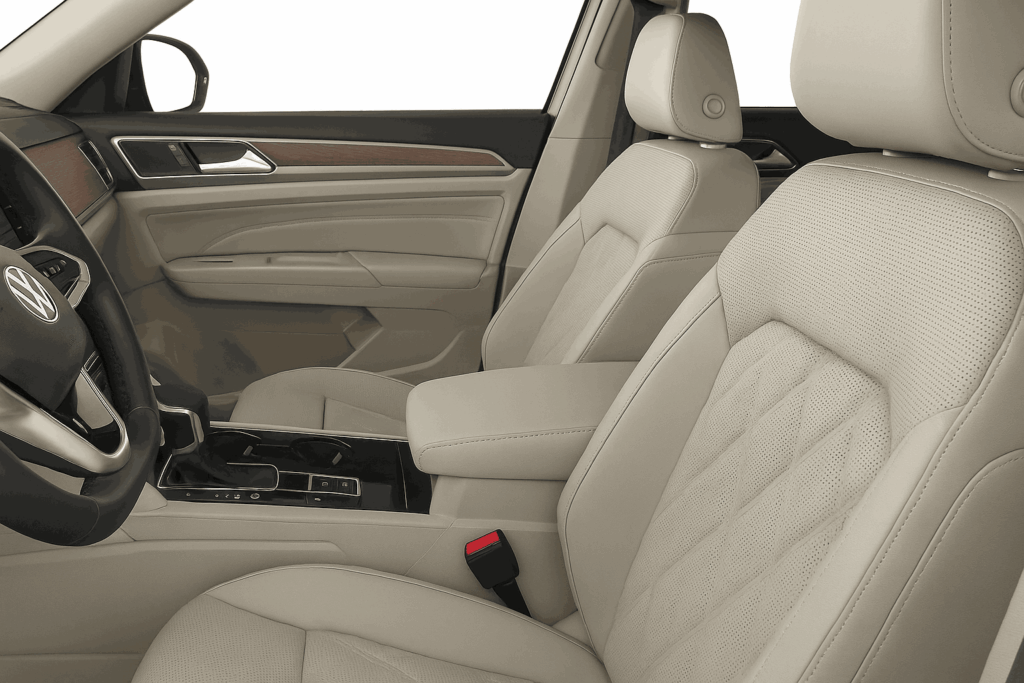
Tech & Daily Use Experience
The 12.3” screen looks clean on the dashboard, but during real-world testing, I found the UX design a bit busy—too much empty space in places and some tiny numbers where key information should pop. Connecting my iPhone was smooth with CarPlay, though the Android Auto interface felt slightly better laid out. I liked the wireless charging pad in the center console, but if your phone has an Otterbox or thick plastic case, expect slow charging and a bit of battery drain. The volume and temperature touch buttons do light up nicely at night, though they’re easy to miss when you just want to swipe down or quickly adjust something.
The Harmon Kardon stereo was solid, with clean bass and a helpful equalizer, but I still saw a few folks on VW Atlas forums asking for a sub adjustment or fix to volume output—especially with the base stereo. One cool detail? You can double tap the remote start on the fob or use the app-based model to liftgate the hatch to its maximum height, confirmed with a polite beep. Just make sure the valet key is in the right position, or you’ll be pressing that button and wondering why nothing’s moving.
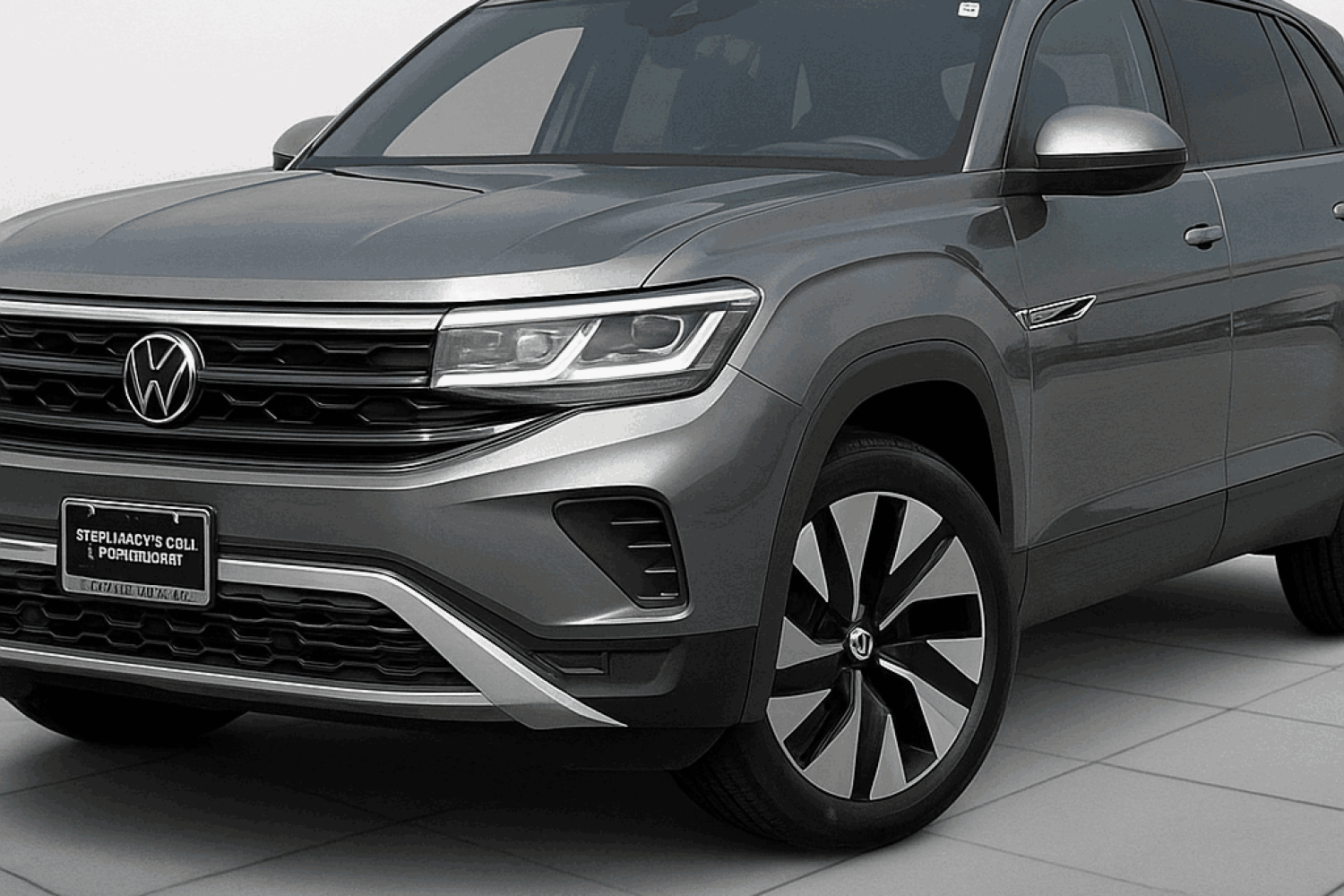
Safety and Driver Assistance Tech
From a family car perspective, the safety features here check all the right boxes without being too overbearing or distracting—though I’ll admit, some of the audible warnings can get a little chatty when your kids are already testing your patience. You’ve got Lane Assist to gently steer if you drift, adaptive cruise control that actually works in traffic, and blind-spot monitoring with visual warnings and Active Side Assist, which is handy when vehicles sneak into your blind spot.
The rear cross-traffic alert and Park Distance Control are perfect for tight parking lots, and the automated emergency braking and forward-collision warning system kicked in during one near-miss with an object I swear wasn’t there a second earlier. The seat buzzed once when it detected inattention, which made me check my position real quick. The driver-assistance technology is easy to engage with a one-touch button, and settings like preset seating control are simple to adjust.
According to the NHTSA, it earned 5 stars, and the IIHS also gave it high marks, with solid crash-test results and independent analysis backing up its reputation. It’s reassuring without feeling like the car’s trying to parent you—and if you’re cross-shopping with the Honda Pilot TrailSport, this setup feels equally smart but less overbearing. In short, it’s built to help, not panic every time you move or do something mildly dangerous.
Warranty and Maintenance Plan
Volkswagen offers a four years or 50,000 miles limited warranty, which is solid for peace of mind, though some competitors like Toyota and Hyundai stretch things out further. What helps seal the deal is the complimentary scheduled maintenance for two years or 20,000 miles, which covers basics like oil changes, coolant top-ups, and checks on things like gaskets—no stress about weird leaks or leaking noises in year one. When my last VW lease ended, I appreciated how nothing major popped up, and that kind of reliability still matters when you’re trying to avoid surprise bills. While the powertrain coverage doesn’t break industry records, it keeps the essentials covered, and for most people who trade in around year five, this setup gets the job done without drama.
Vyocar Bottom line
If you’re after a vehicle that feels built for real life—not just showroom gloss—the Atlas SEL Premium R-Line checks more boxes than you’d expect. It offers good fuel economy for its size, practical space for the family, and a warranty plan that doesn’t leave you guessing after year three. The button layout and content inside feel thoughtfully designed, not like they were copy-pasted from a cheaper trim. I’ve tested plenty of competitors like the Hyundai Tucson and Honda Passport Black Edition, and while they’re solid, this one just feels more complete. The value isn’t just on paper—it’s in how quietly this SUV wins you over. After a few weeks of daily driving, I didn’t just like it—I started to love it.
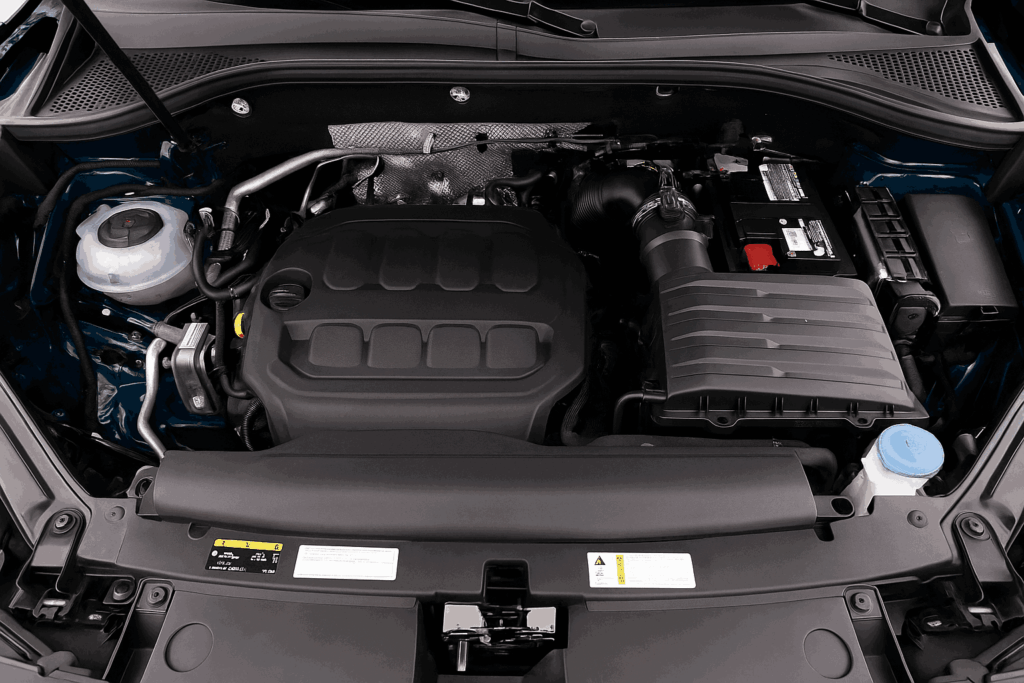


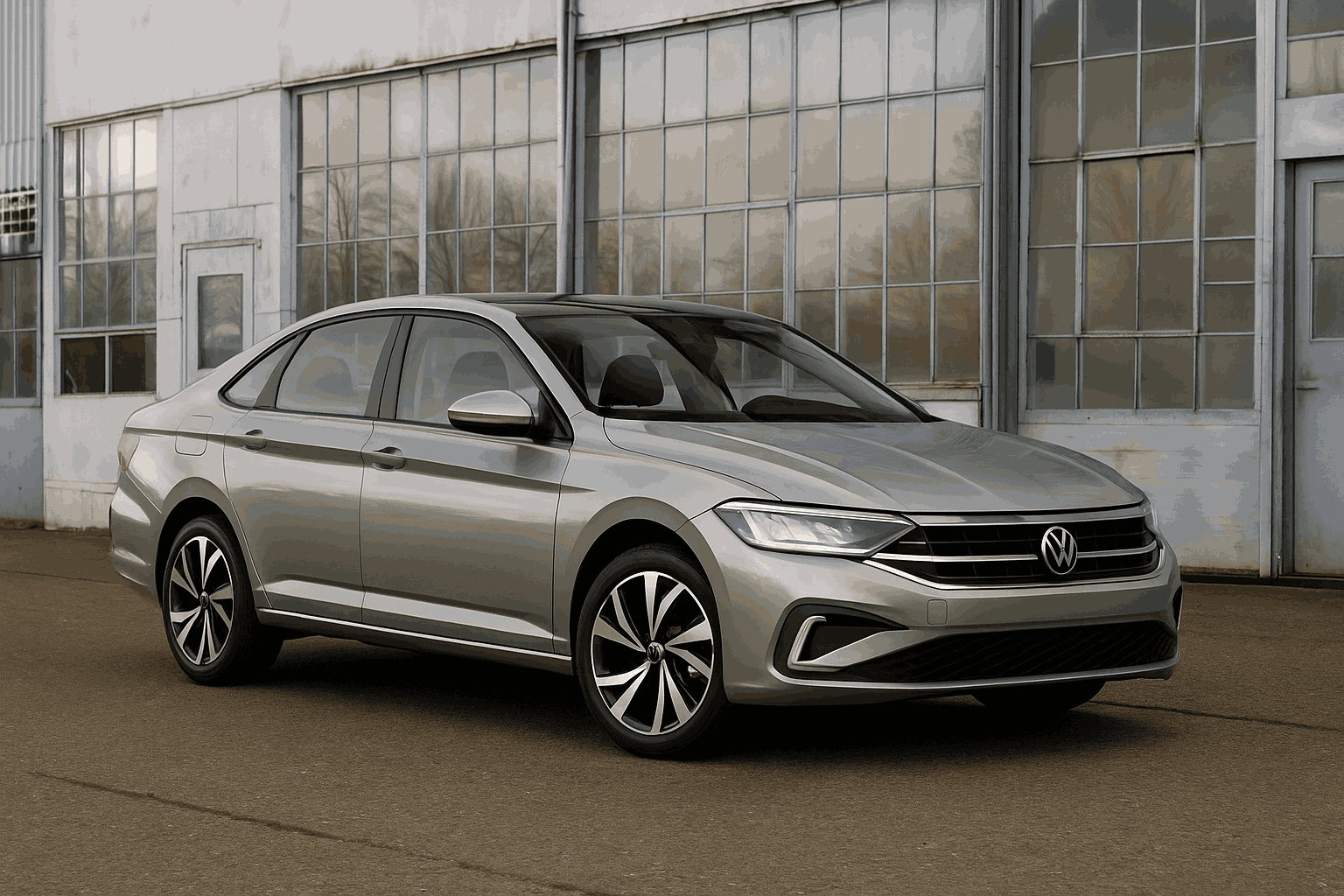
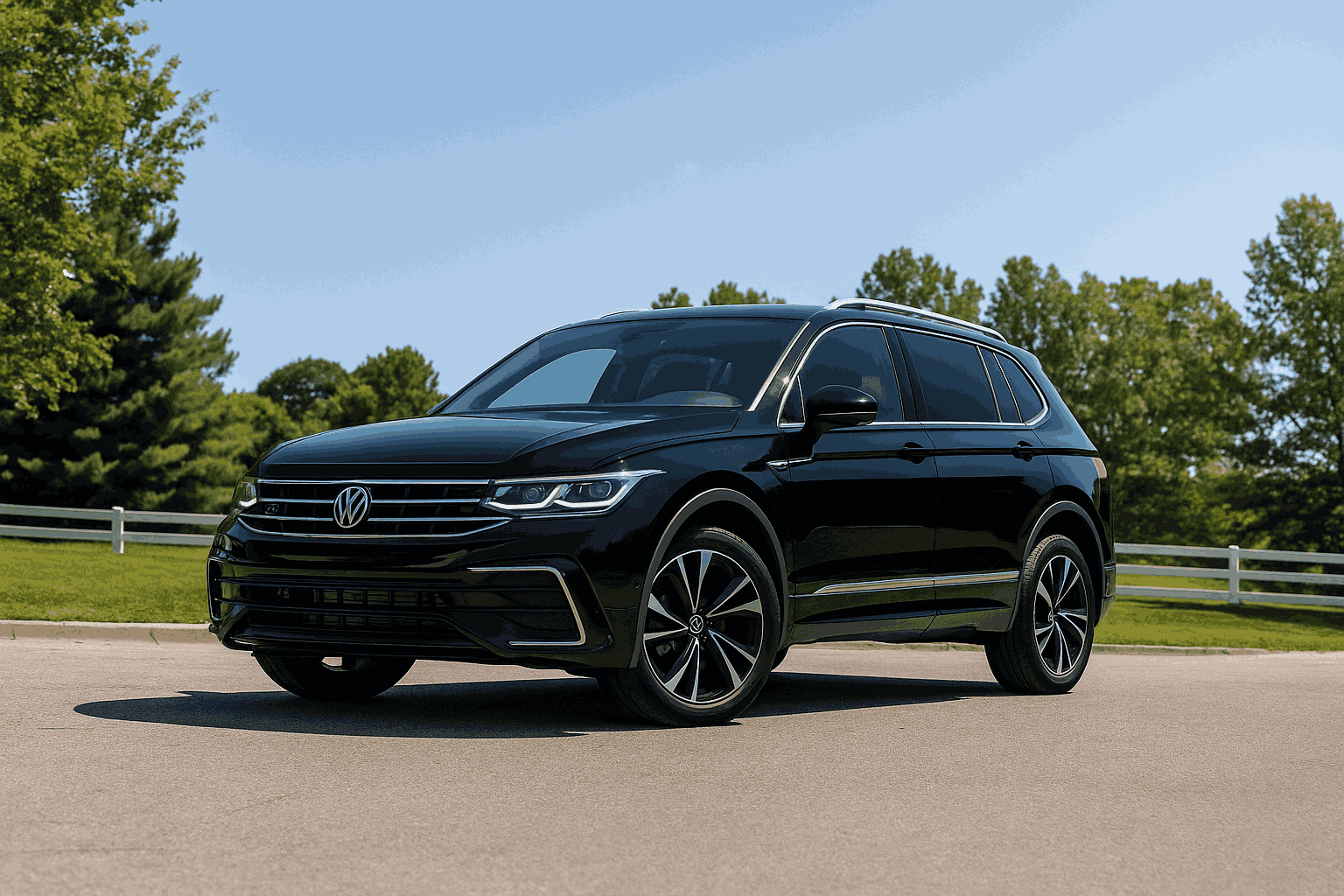
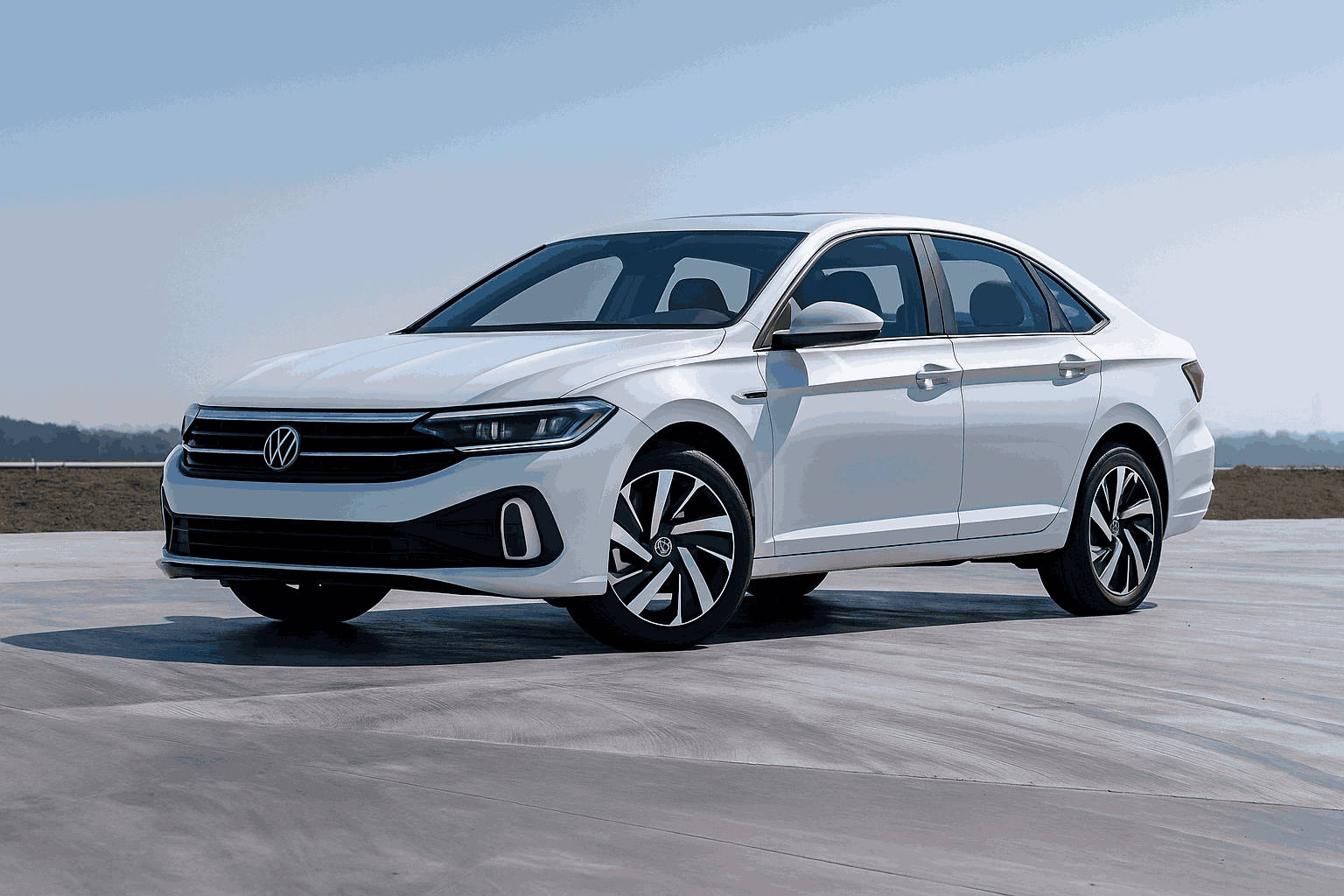
This Post Has One Comment
Pingback: 2025 Volkswagen Jetta 1.5T Sport Review & Updates